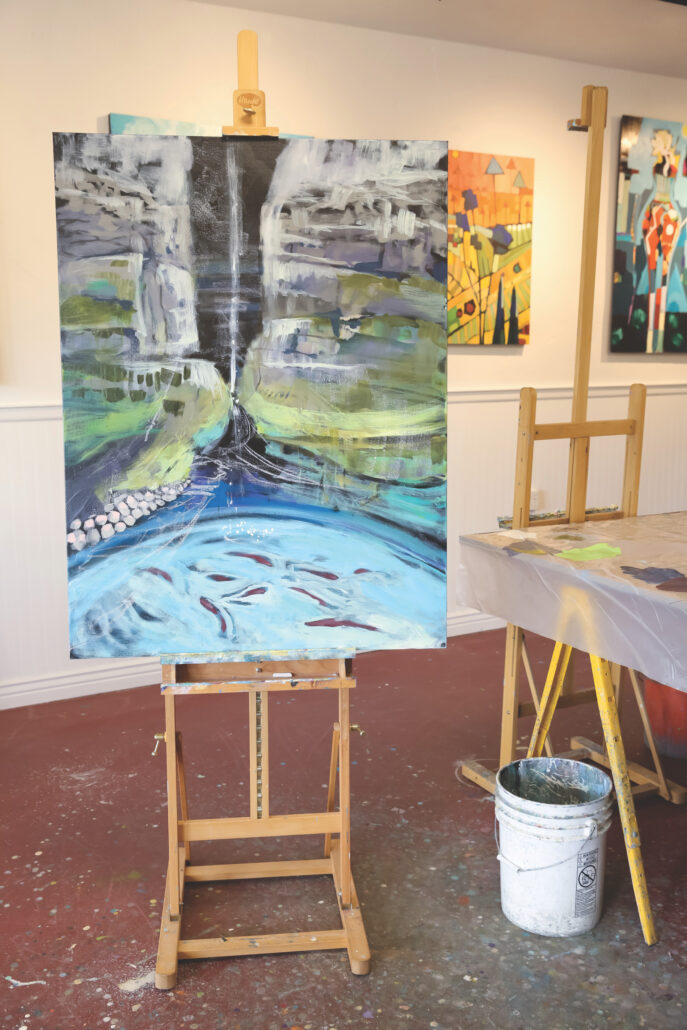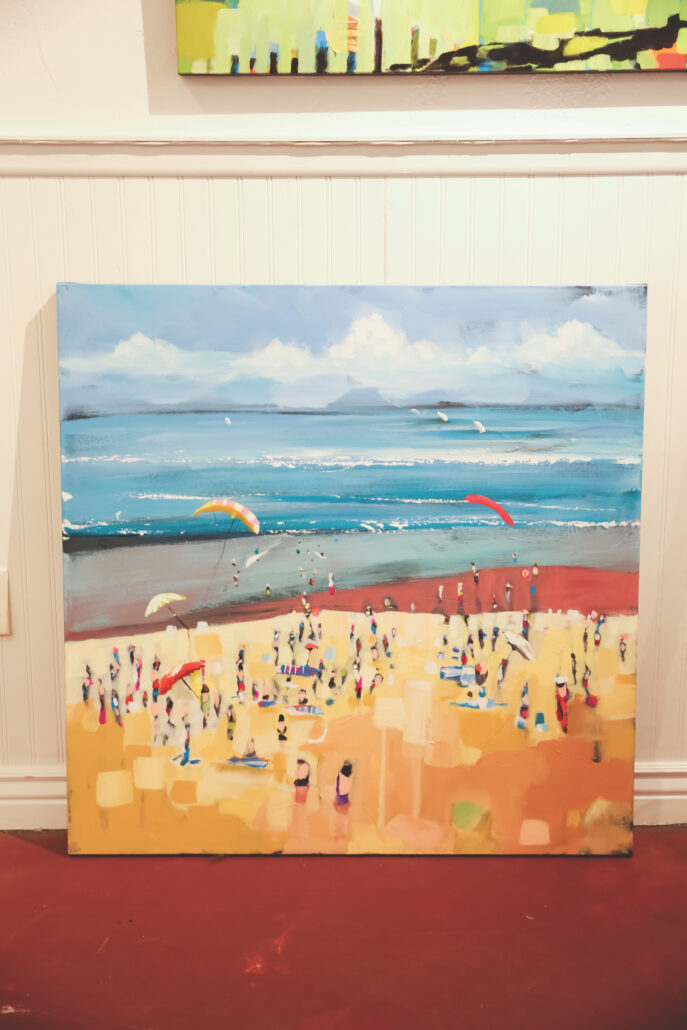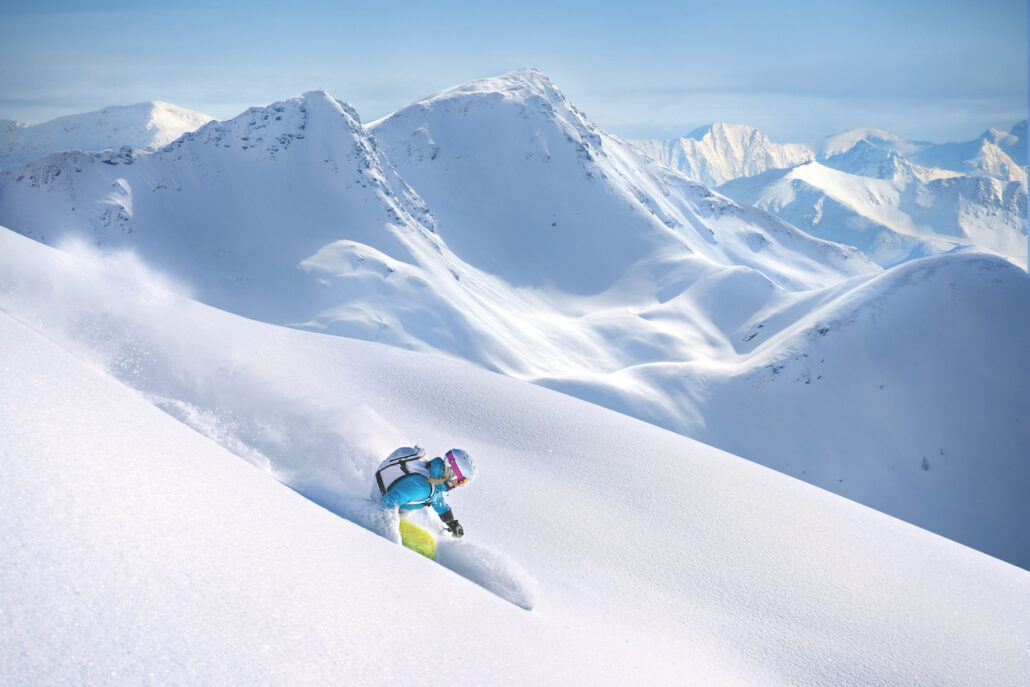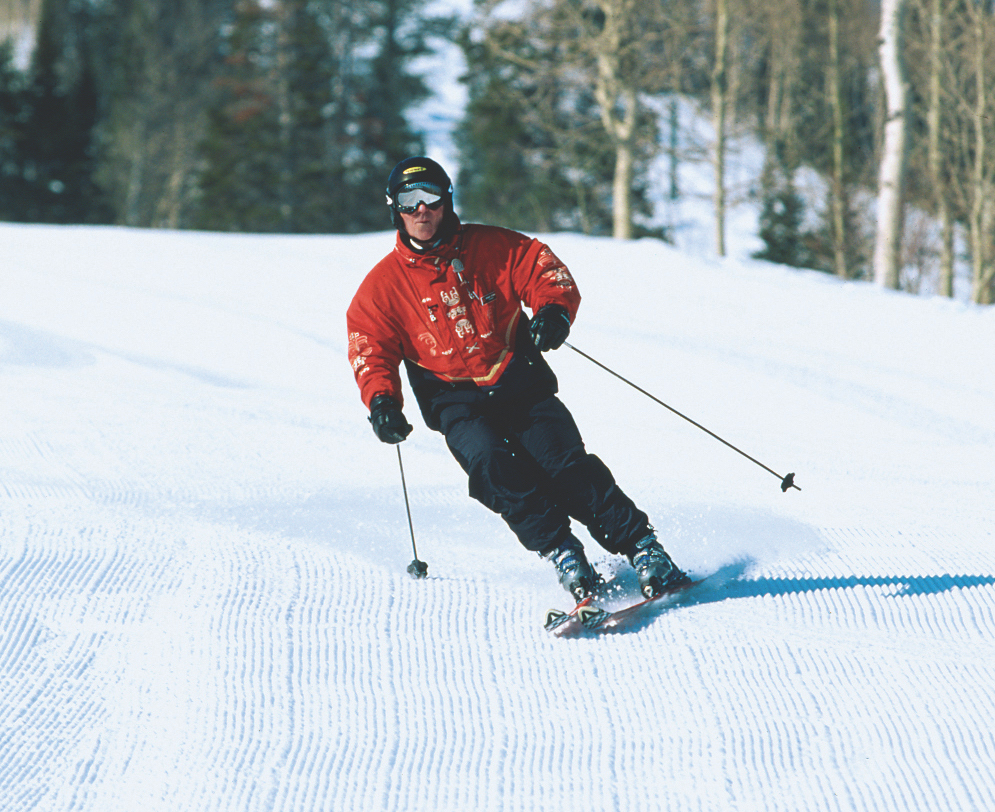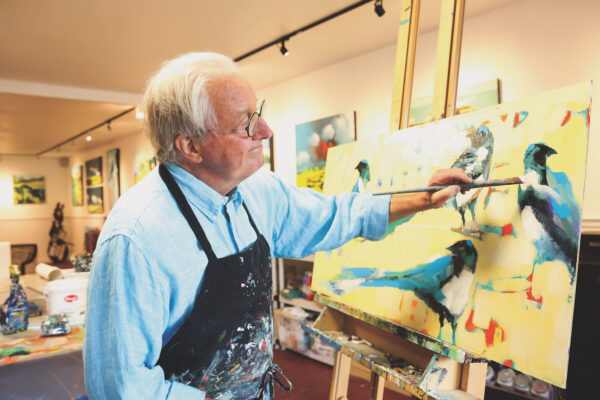
Growing up with Park City
William Kranstover’s legacy — in skiing, art, and real estate — lives on
Winter/Spring 22-23
Written By: Steve Phillips | Images: Angela Howard
William Kranstover moved to Park City sight unseen in 1972 and etched himself into town history. He was 23 years old and likes to say that he and the town grew up together.
He arrived following a two-year teaching stint in Australia and with a fine arts degree from the University of Wisconsin, a passion for painting and sculpting, and an entrepreneurial spirit. Friends had told him Park City was a happening place, so he went. He imagined a little ski town with a lot of parks. The Wisconsin native took a cab to the Claim Jumper Hotel on historic Main Street and went straight to the hotel bar. After a drink or two, he had a plan.
William’s first business venture was The Golden Nugget, a pinball arcade on Main Street. For a couple of years he paid his bills with rolls of quarters. When he wasn’t working, he liked to cross-country ski. “I didn’t like those heavy downhill boots and skis,” he recalls. Winters found him joyfully telemarking through the backcountry above town.
“I had no idea about avalanche danger and should have been dead so many times,” he confesses. “The Deer Valley area was a favorite of mine. Twice I got caught in avalanches, both times alone and buried up to my waist. Once it took me almost half a day to dig myself out. Another time I actually skied down on a slab avalanche. I had nightmares about that for a long time after,” he says.
Cross-country skiing was gaining popularity when William and two buddies pooled their credit cards to buy 10 pairs of wooden skis and some boots and poles. They opened Quiet Sports, a cross-county ski touring business in 1974. They set up shop in the basement of the historic Miners Hospital in Park City. At that time, the building had been converted into a kind of hostel for ski bums called The Palace Flop House. “We’d take skiers across the street to the snow-covered golf course or up to Guardsman Pass, show them the basics, and turn them loose,” William remembers.
Two years later, they sold Quiet Sports to a couple guys who said they were going to change the name to White Pine Touring. The rest, as they say, is history. White Pine Touring still offers cross-country and skate-ski rentals and lessons — and still takes skiers out on the golf course.
William also worked as a server at the White Haus, Adolph Imboden’s first restaurant on Park Avenue, and later at Adolph’s signature restaurant on the city golf course. It was there that he met Stein Eriksen, Bob Cummings, and many other Park City legends.
Eventually, William became a real estate agent and broker, opening Mansell Real Estate and Commercial West Real Estate. He raised two daughters — often sharing nannies with Stein.
Through it all, William continued to paint, sculpt and display his art in galleries and museums. He says all the jobs he took and businesses he started were simply vehicles to support his art habit. “I just wanted to make the most money in the shortest period of time so I could go create,” he says.
Among his many ventures, he’s most proud of cofounding Who’s Art, a local nonprofit that, in the 1990s and 2000s, regularly showcased fledgling Park City artists and performers. “I know so many Parkites now who have expanded their art and their music from that and it’s so gratifying,” says William.
For the 2002 Winter Olympics, William was commissioned to create a spectacular, 35-foot metal sculpture at a gateway to Park City. The piece still stands today, a testimony to Williams’ enduring Park City legacy.
